Vietnamese businesses trained in EVFTA’s Rules of Origin
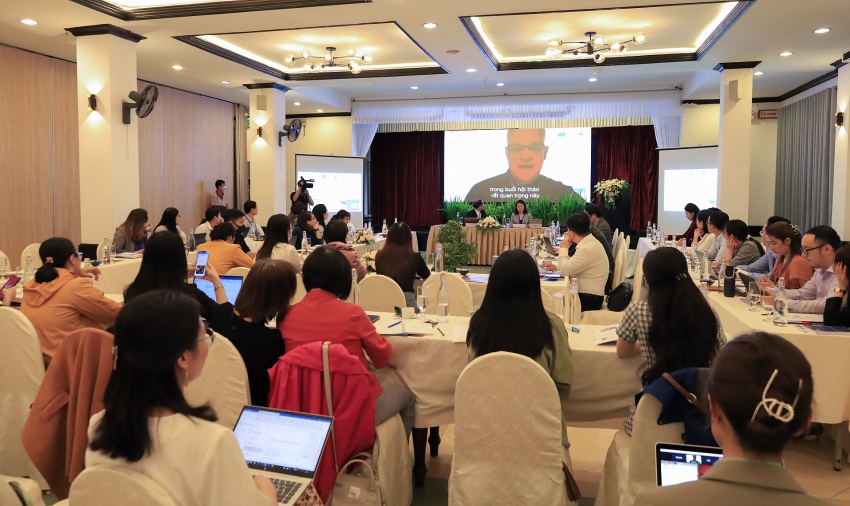 |
| Vietnamese businesses learnt about Rules of Origin in EVFTA |
On December 2, the ARISE+ Vietnam Project in coordination with the Agency of Foreign Trade (AFT), under the Ministry of Industry and Trade (MoIT), organised a workshop on “Capacity building on effective implementation of EVFTA’s Rules of Origin.”
Funded by the EU, the workshop falls under the project “Technical support for the ARISE+ programme in Vietnam” in efforts to effectively implement the EVFTA.
The workshop aimed to enhance export companies’ understanding of criteria for determining the origin of goods in the EVFTA, compared with the Generalised System of Preference (GSP), and to discuss procedures for issuing C/O form EUR.1.
During the panel discussion, experts and ministerial officials addressed questions and provided some recommendations for businesses during the implementation of the EVFTA after the expiration of the GSP.
Deputy director of AFT Do Thi Thu Huong emphasised the importance of the EVFTA, particularly in the context of COVID-19 bringing negative impacts to the world economy.
“For the EU, Vietnam is the first developing partner in the Asia-Pacific to have an FTA with the EU, as well as an important bridge for trade and investment between the EU and Southeast Asia. For Vietnam, the EU is a crucial trade and investment partner and one of its leading export markets,” Huong said.
Vietnam’s export turnover to the EU in the two-year implementation of the EVFTA (August 2020 - July 2022) reached $83.6 billion, 24 per cent higher than the average export turnover between 2016 and 2019.
In terms of the size and structure of goods, the EU is Vietnam’s third largest export market, following the United States and China, with a highly complementary structure of goods.
Many key export products of Vietnam to the EU also recorded impressive growth compared to before EVFTA was implemented, such as footwear, seafood, cameras, and equipment components.
However, the growth rate has not met the prospect of cooperative development between the two sides. In addition to the objective effects of the pandemic, many Vietnamese businesses have encountered difficulties accessing the EU market and implementing the EVFTA provisions.
To benefit from tariff preferences in the EVFTA, Vietnamese exporters must comply with ROO-related requirements, intellectual property, labour and environment-related standards, and other technical problems. However, many businesses remain confused when processing applications for certificates of origin and even lack resources for production conversion to meet such requirements.
Peter Bernhardt, team leader of the ARISE+ Vietnam Project, suggested that Vietnamese ministries, sectors, associations, and enterprises continue assessing the situation of EVFTA implementation and identifying hindrances, thereby offering practical solutions to improve the legal framework, enhance labour and environmental standards, combat illegal fishing, and strengthen the close coordination between ministries, branches, representative agencies.
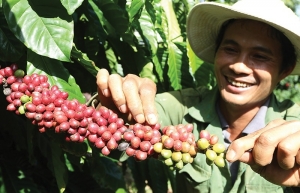 | Vietnam urged to stir up coffee competition Despite its large coffee output, Vietnam only gains little from global coffee markets as the country mainly exports raw materials. To make use of its many free trade deals, the country’s coffee maker will have to up their game. |
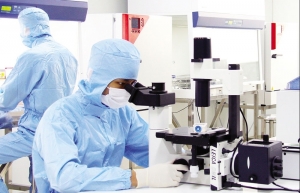 | Integration at the heart of economic wins Since independence was proclaimed in 1945, Vietnam has harvested major economic perks from its participation in regional and global economic agreements. |
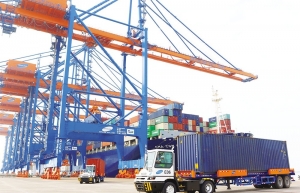 | Evidence adds up for quality advantages within EVFTA Just two years in entry into force, the EU-Vietnam Free Trade Agreement (EVFTA) has brought large benefits to both the Southeast Asian market and the bloc of nearly 450 million people. |
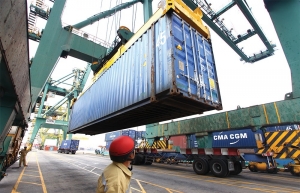 | EU keen to cement obligations in EVFTA Vietnam and the EU are increasing trade and investment ties backed by a bilateral free trade agreement, with the EU committing to assist in deployment of the deal despite current geopolitical tensions. |
What the stars mean:
★ Poor ★ ★ Promising ★★★ Good ★★★★ Very good ★★★★★ Exceptional
Related Contents
Latest News
More News
- Climate Finance Accelerator Vietnam begins search for projects seeking investment (December 18, 2025 | 17:22)
- Vietnam and Switzerland conclude SwissTrade (December 17, 2025 | 18:22)
- TECHFEST Vietnam 2025 links startups with policy and capital (December 15, 2025 | 18:21)
- MST to allocate $3.8 billion for sci-tech in 2026 (December 15, 2025 | 18:10)
- Long Thanh International Airport welcomes first Vietnam Airlines test flight (December 15, 2025 | 18:01)
- Health Innovation Hub: accelerating health equity through digital healthcare innovation (December 15, 2025 | 08:00)
- Vietnam’s first AI Law to take effect from March 2026 (December 12, 2025 | 09:00)
- Chi Communications joins SEA CAN alliance (December 11, 2025 | 17:39)
- New Law on High Technology sets incentives and safeguards (December 11, 2025 | 09:00)
- IBTE 2025 to return to Ho Chi Minh City this December (December 11, 2025 | 09:00)

 Tag:
Tag:




















 Mobile Version
Mobile Version